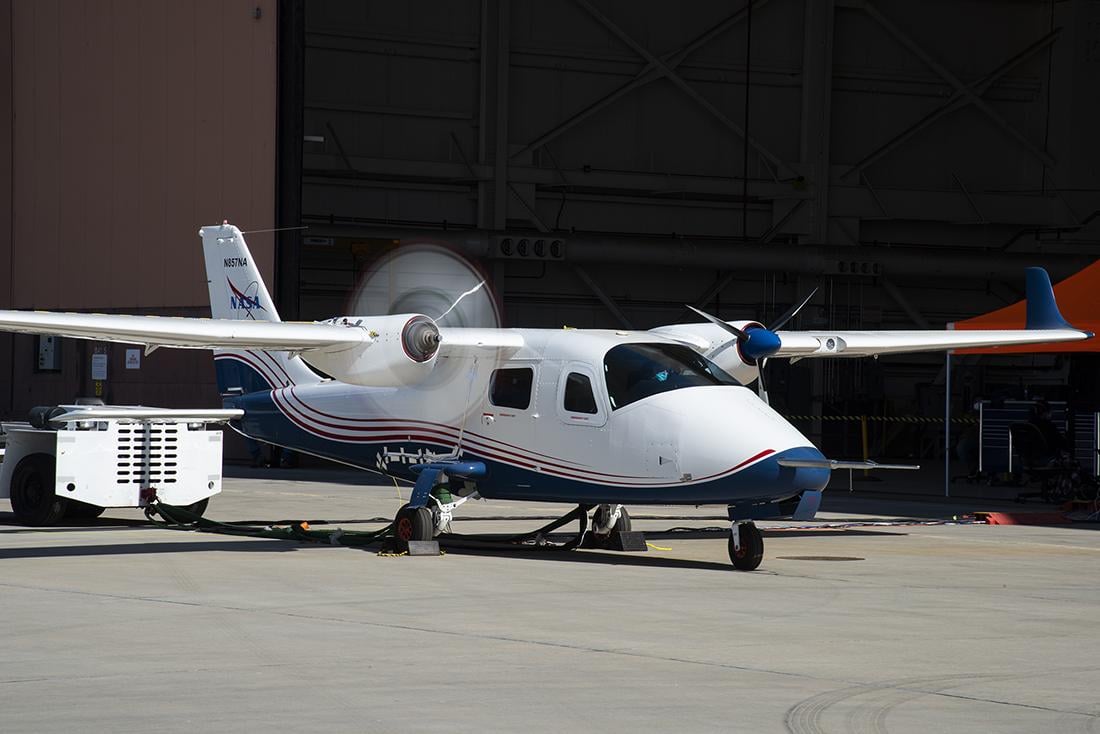
The X-57 Maxwell program is to wrap up without achieving electric flight.
Credit: NASA
After struggling for years with a variety of technical problems and setbacks, NASA has decided to conclude its X-57 Maxwell electric aircraft demonstrator program at the end of September without attempting a flight. The program announced its decision on June 23 on a conference call with reporters...
Subscription Required
This content requires a subscription to one of the Aviation Week Intelligence Network (AWIN) bundles.
Schedule a demo today to find out how you can access this content and similar content related to your area of the global aviation industry.
Already an AWIN subscriber? Login
Did you know? Aviation Week has won top honors multiple times in the Jesse H. Neal National Business Journalism Awards, the business-to-business media equivalent of the Pulitzer Prizes.





